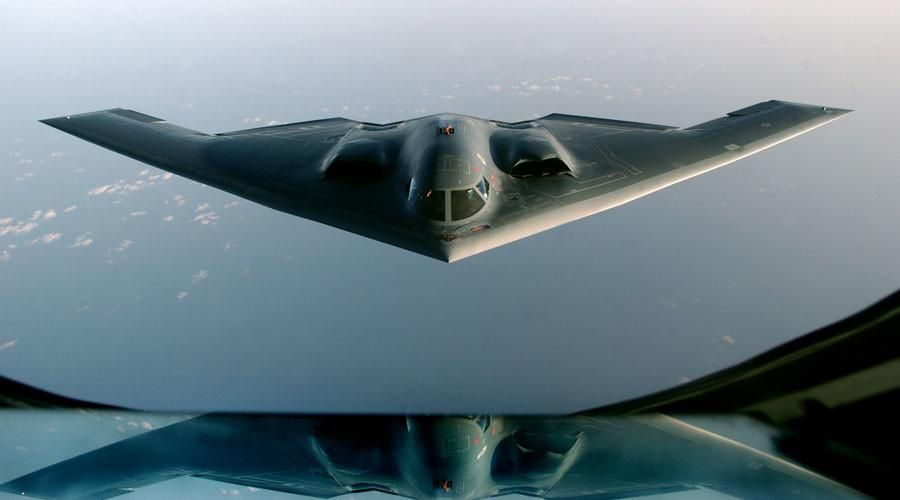Engineers from the University of California, San Diego have brought together a couple of nascent technologies that could result in inexpensive and long-lasting electronic devices. The team created a magnetic ink that can print a variety of self-healing components.
The ink is loaded with inexpensive microparticles made of neodymium that are magnetically oriented in such a way that if the material rips, each side of the tear is attracted to the other. This allows components printed with the ink to self-repair tears as wide as 3 mm, which the researchers claim is a new record.
We’ve seen similar properties in boron nitride nanosheets that can repair themselves even after being cut in half, but that material doesn’t conduct electricity. Batteries have been developed that can be self-repaired when they rupture in a similar fashion and other components have been implanted with capsules that rupture when cracks develop in the circuits, releasing a liquid that fills in the crack and dries instantly to restore conductivity.



